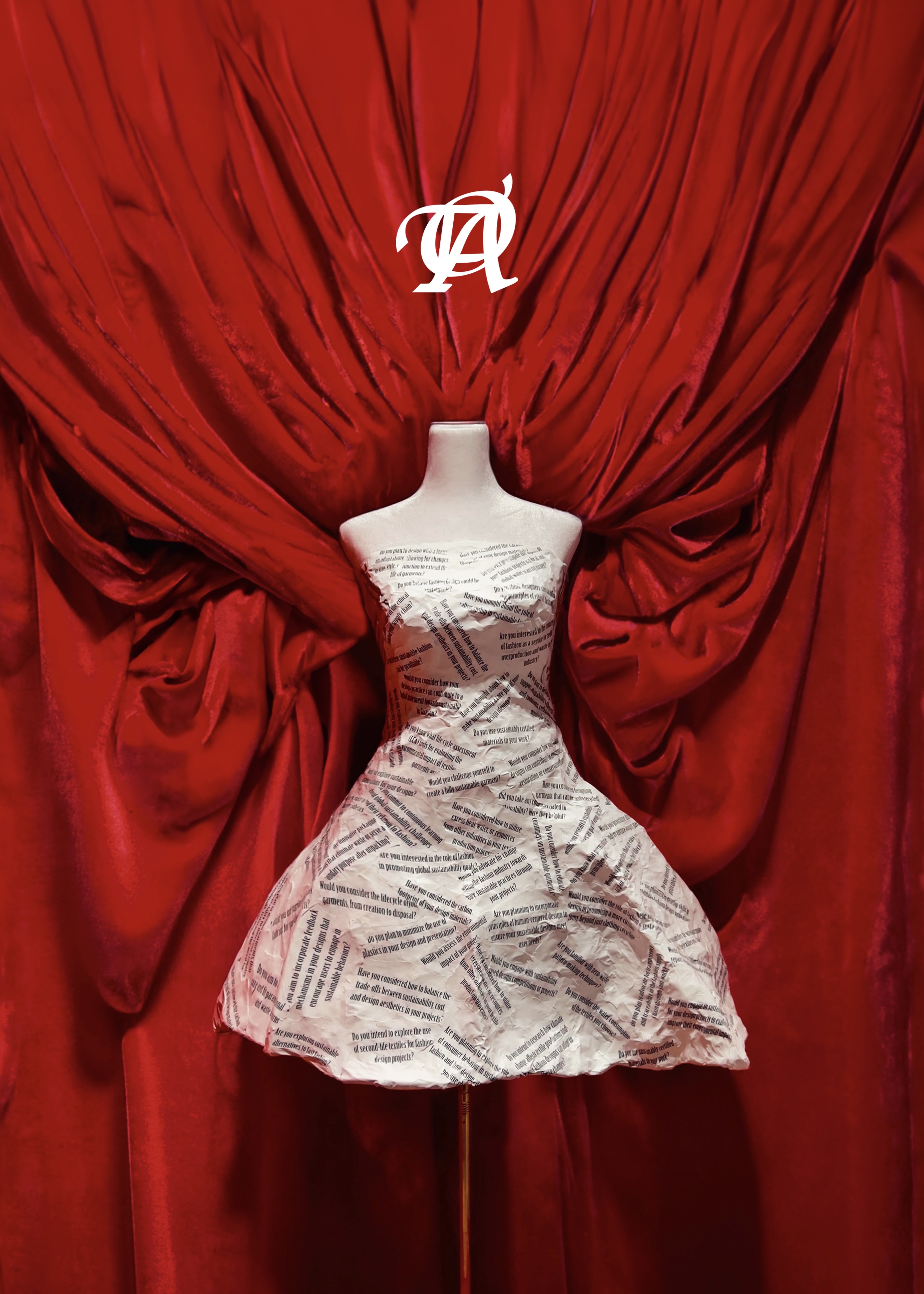


"The Answers of Fashion" is a multimedia installation that merges interactive visual design with critical reflections on sustainable fashion. The central feature of the project is "The Absolute Green Gown," a piece that begins with question books distributed at Parsons. Students are invited to engage with sustainability issues by tearing out pages from these books that contain questions they disagree with. These torn pages are then used to construct the gown, symbolizing the fashion industry’s disregard for sustainability. The untouched portions of the books represent the progress we made.The installation contained three phases Absolute green, Erode, and The beneath. The idea of these is that Can something beautiful,conceal something ugly?
![]()
![]()
![]()
![]()
![]()
![]()




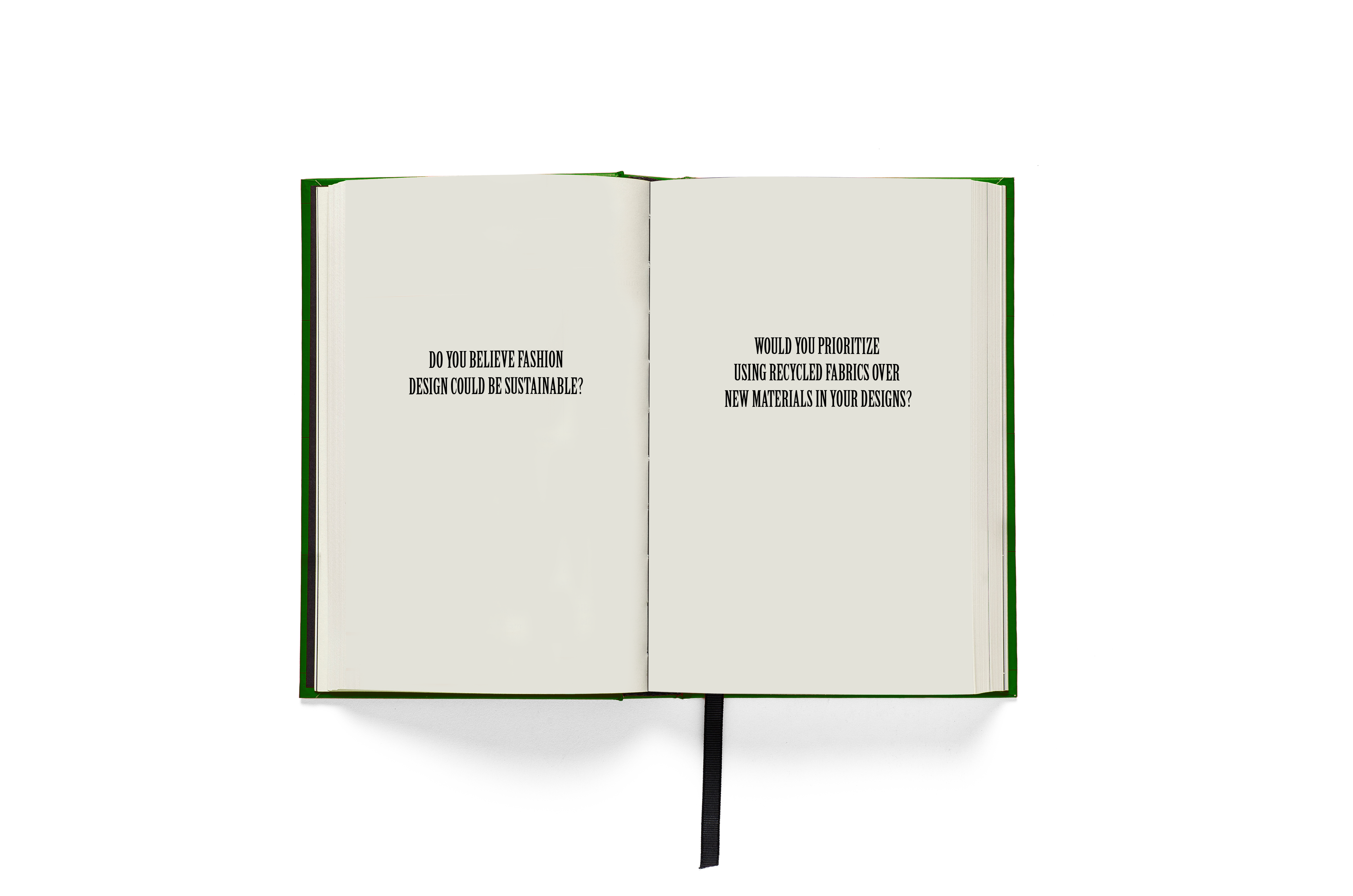
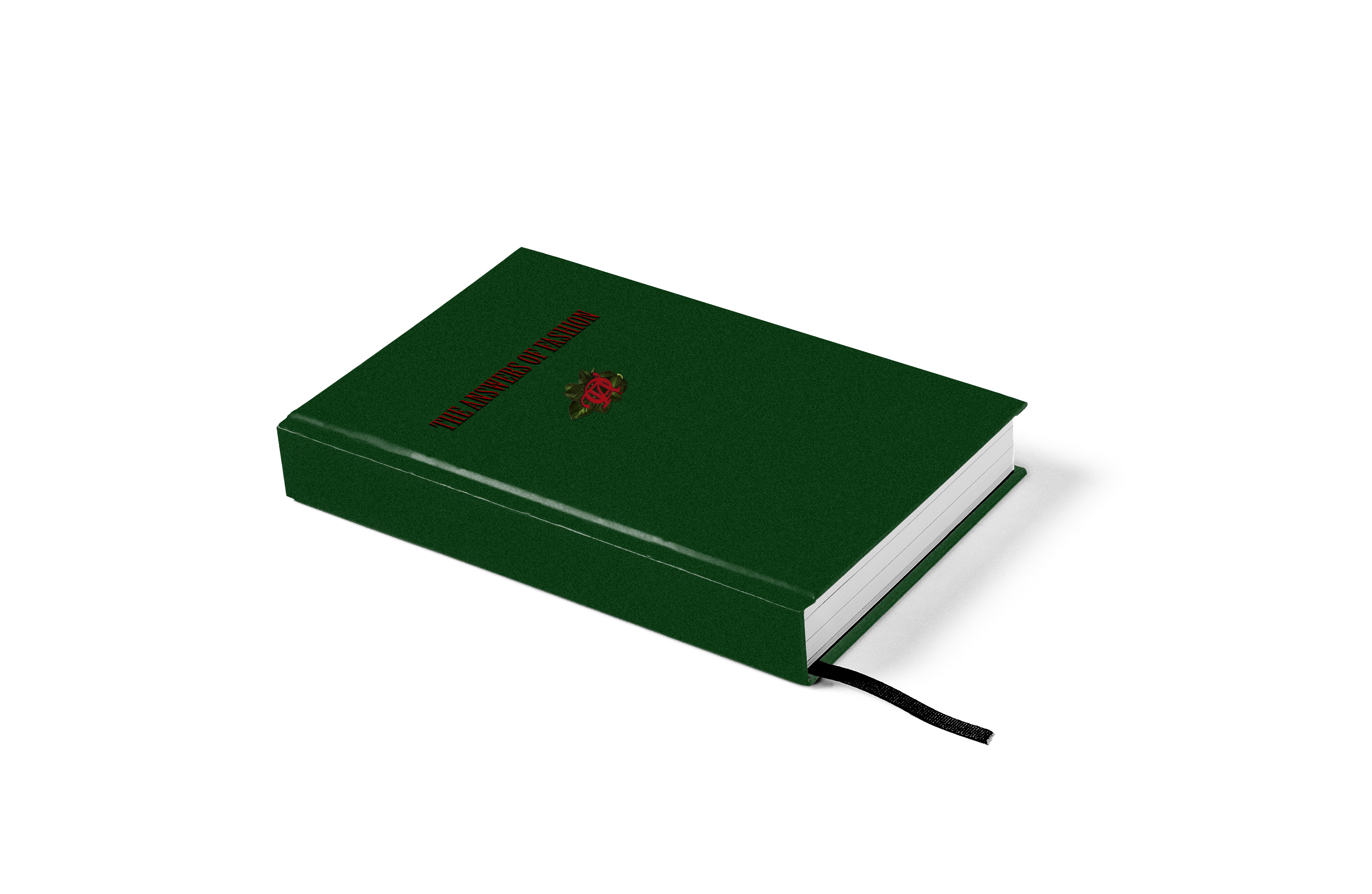
To amplify the project's impact, I recreated this gown under a fictional company, Tao's Choice,Ltd., introducing a provocative element known as Syphabric. Inspired by the historical impact of syphilis, Syphabric embodies a metaphorical "virus" that causes the fabric to erode and form holes reminiscent of the effects of syphilis
on human skin.
on human skin.

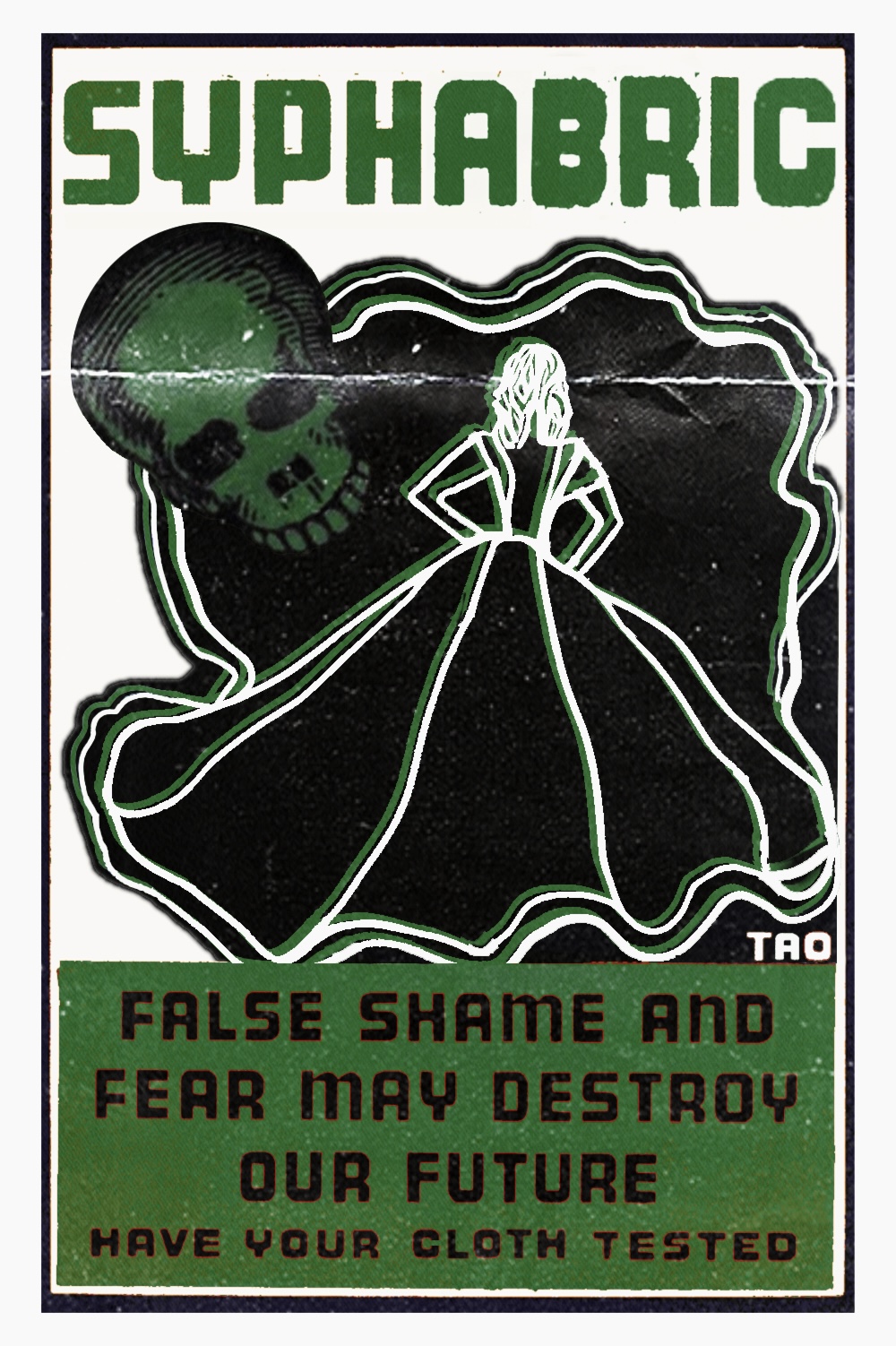
In the 17th century when syphilis was rampant, indulgent nobles experienced the pleasure of lust while trying to cover up their festering bodies with clothes and makeup. This kind of enjoying pleasure is actually harmful to ourselves, just like we try to use creating and wearing beauty to cover up things that are actually harmful to the world. This erosion metaphorically exposes the underlying issues in fashion. The central question posed by this project is: What lies beneath these holes when the so-called Absolute Green Gown meets Syphabric? The answer is obvious, the answers of fashion.
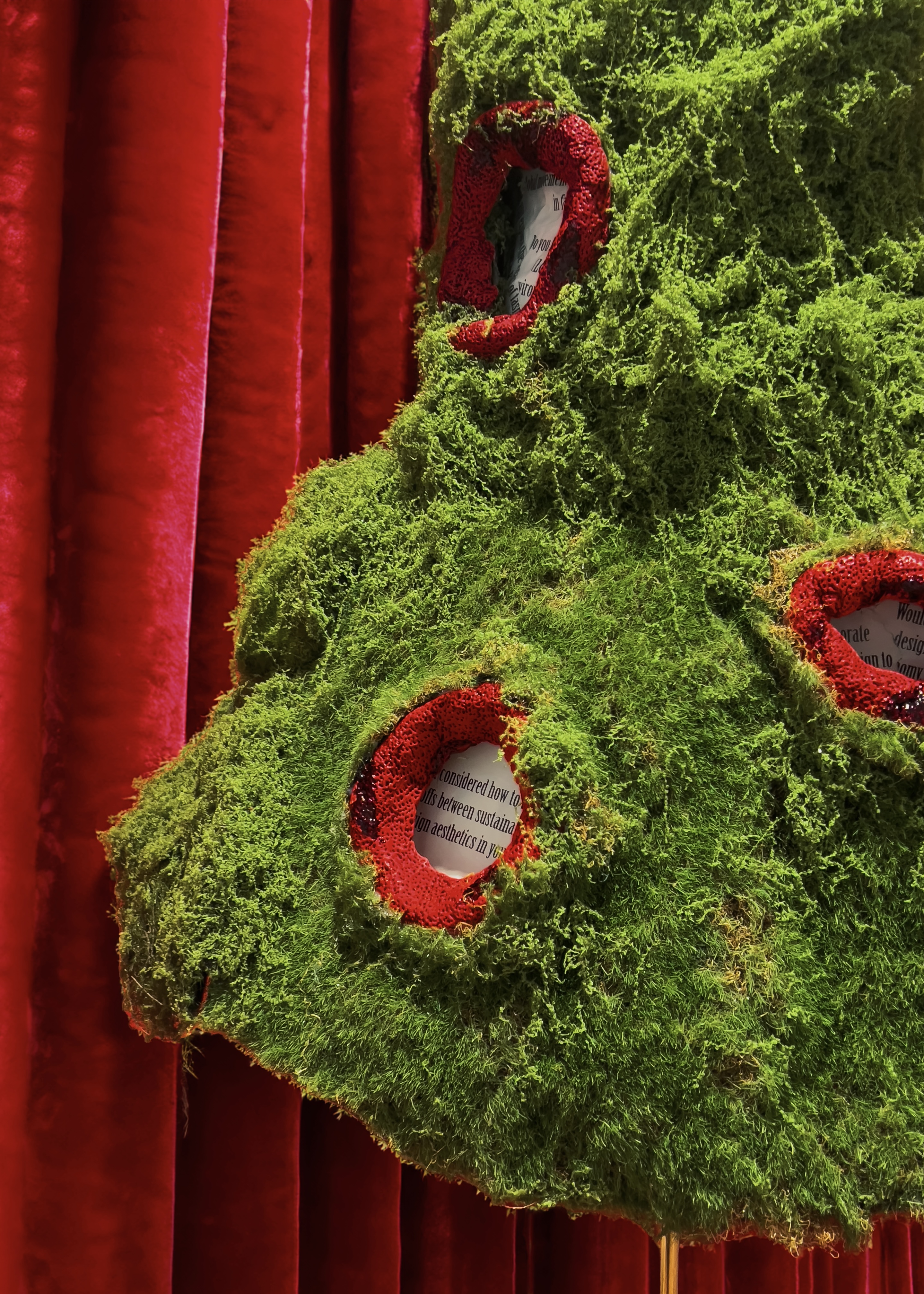
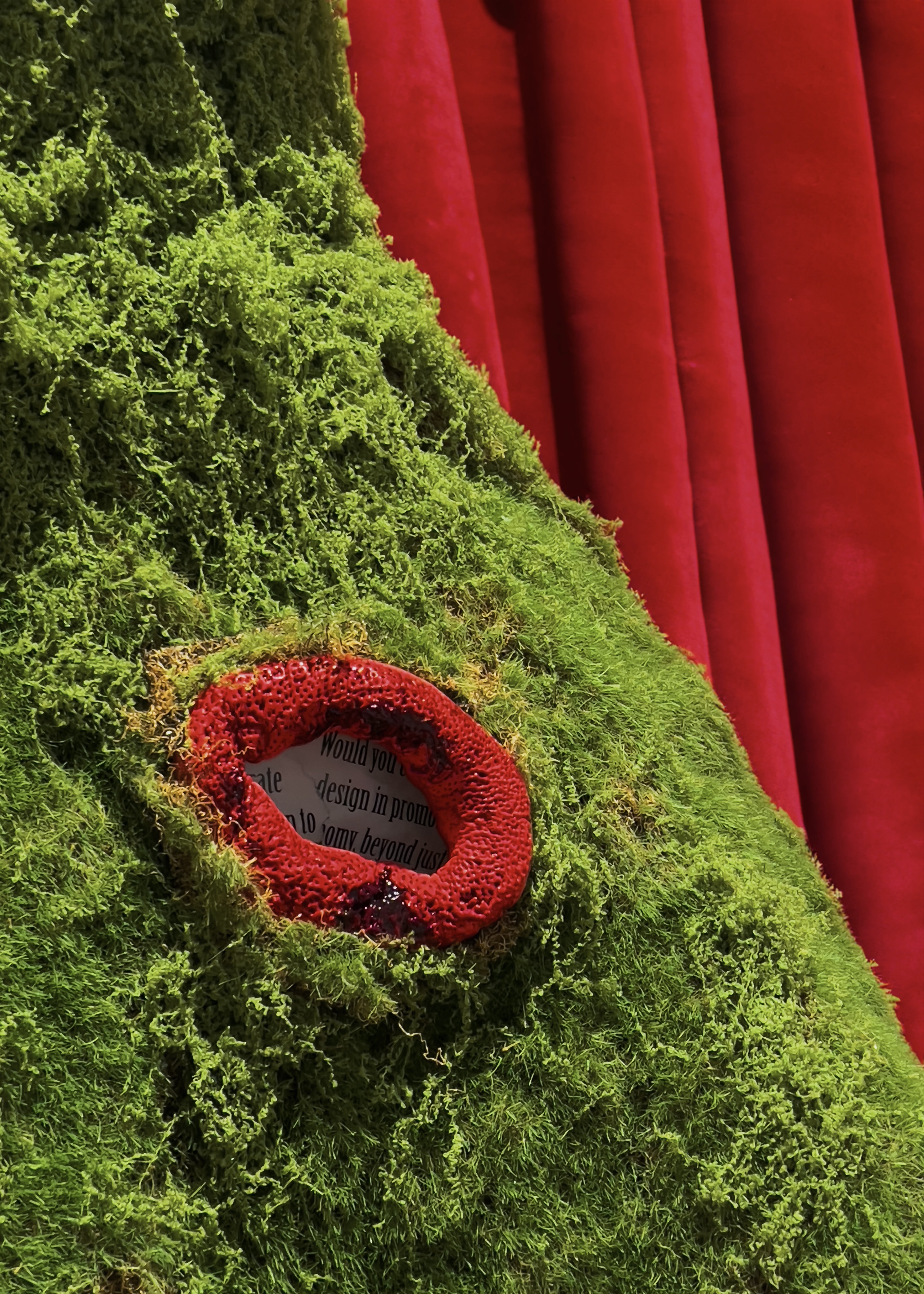
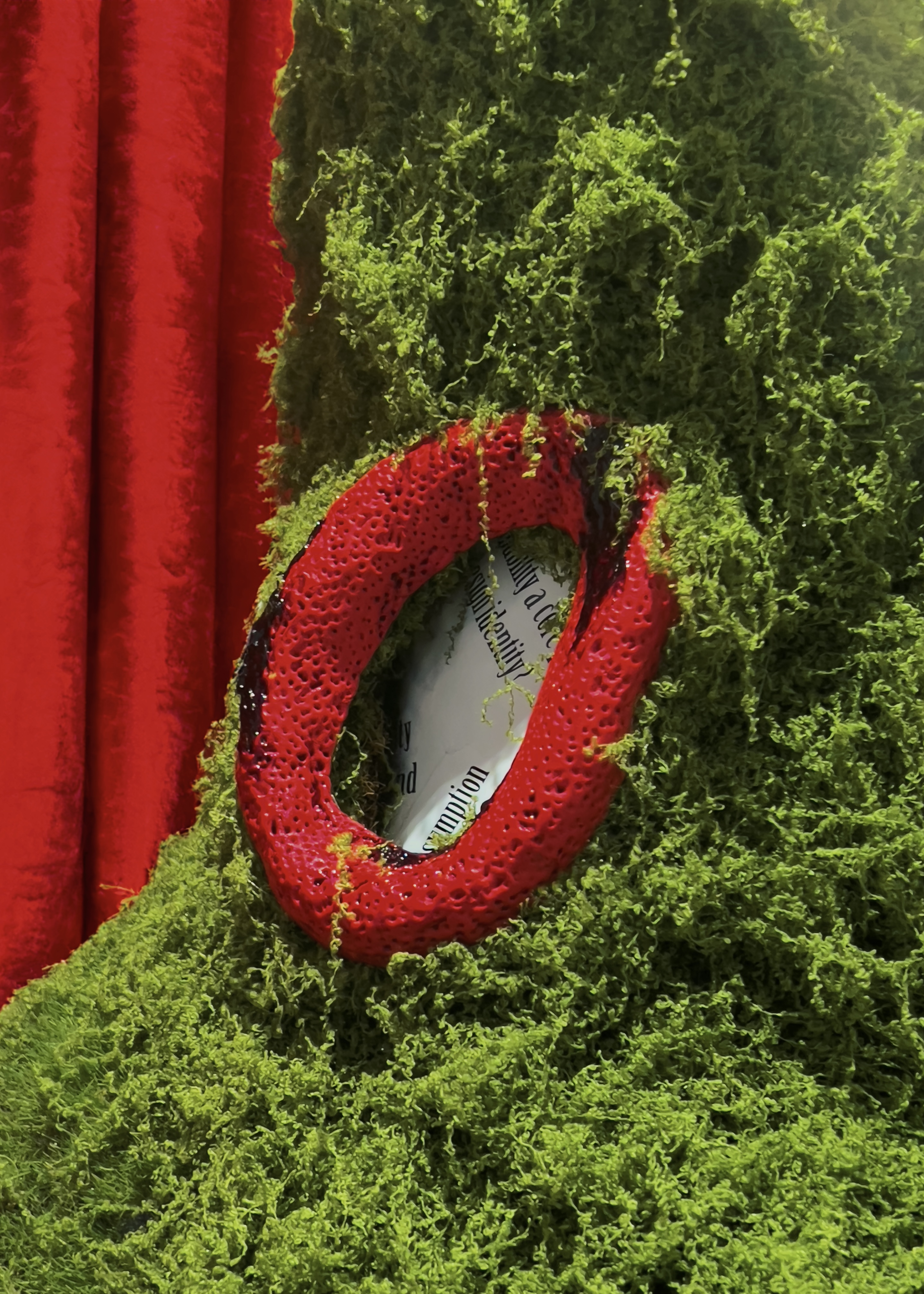
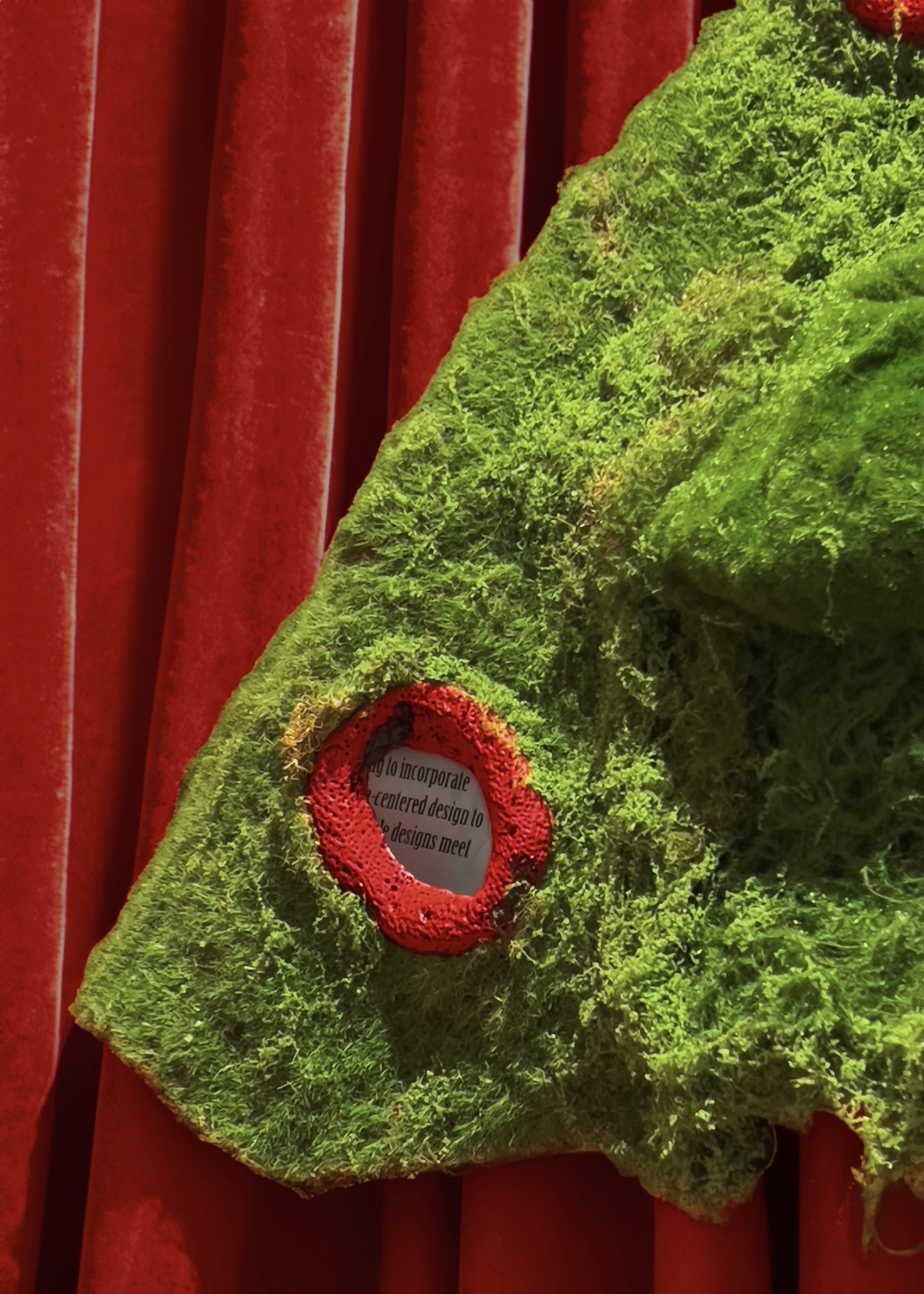
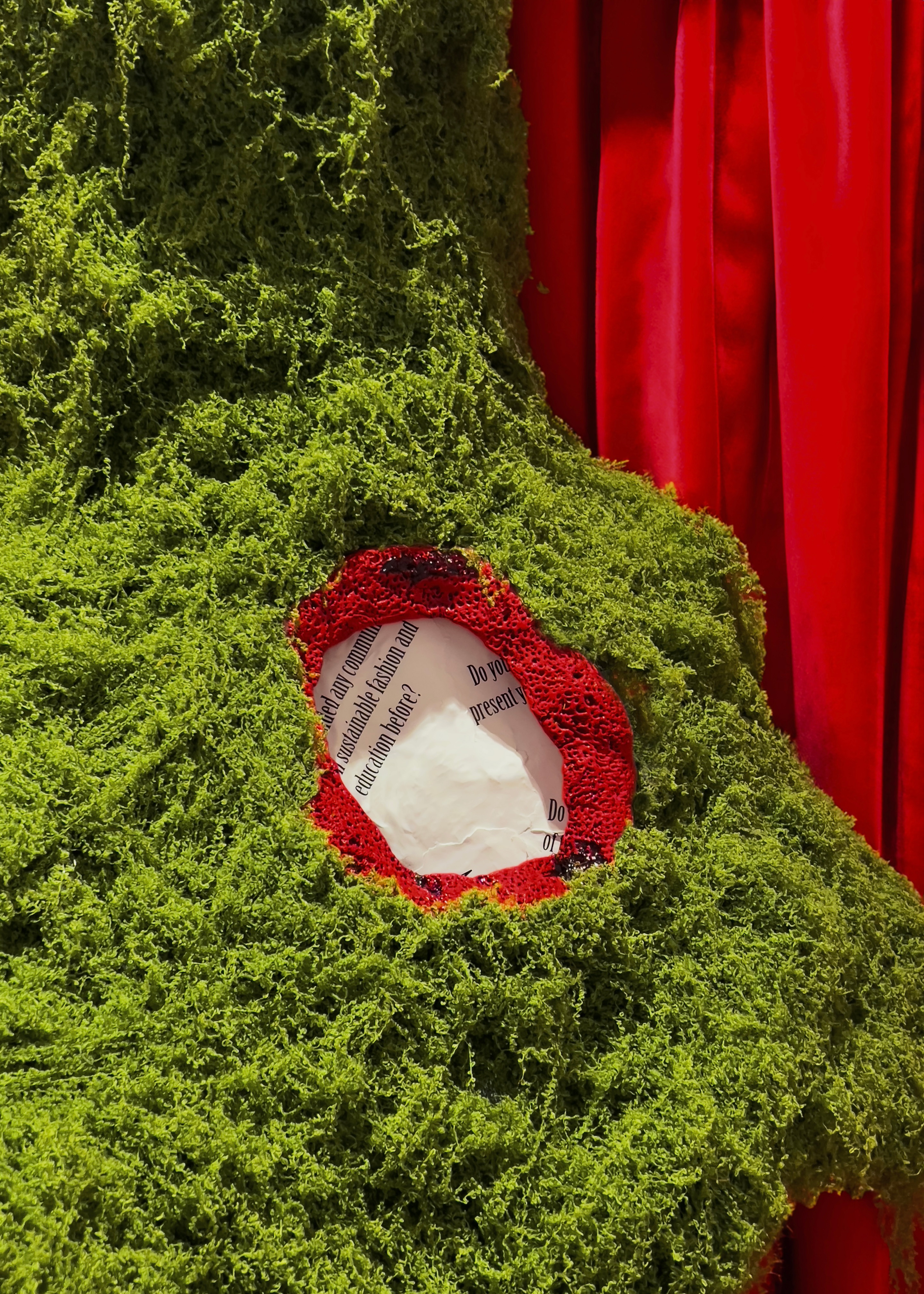

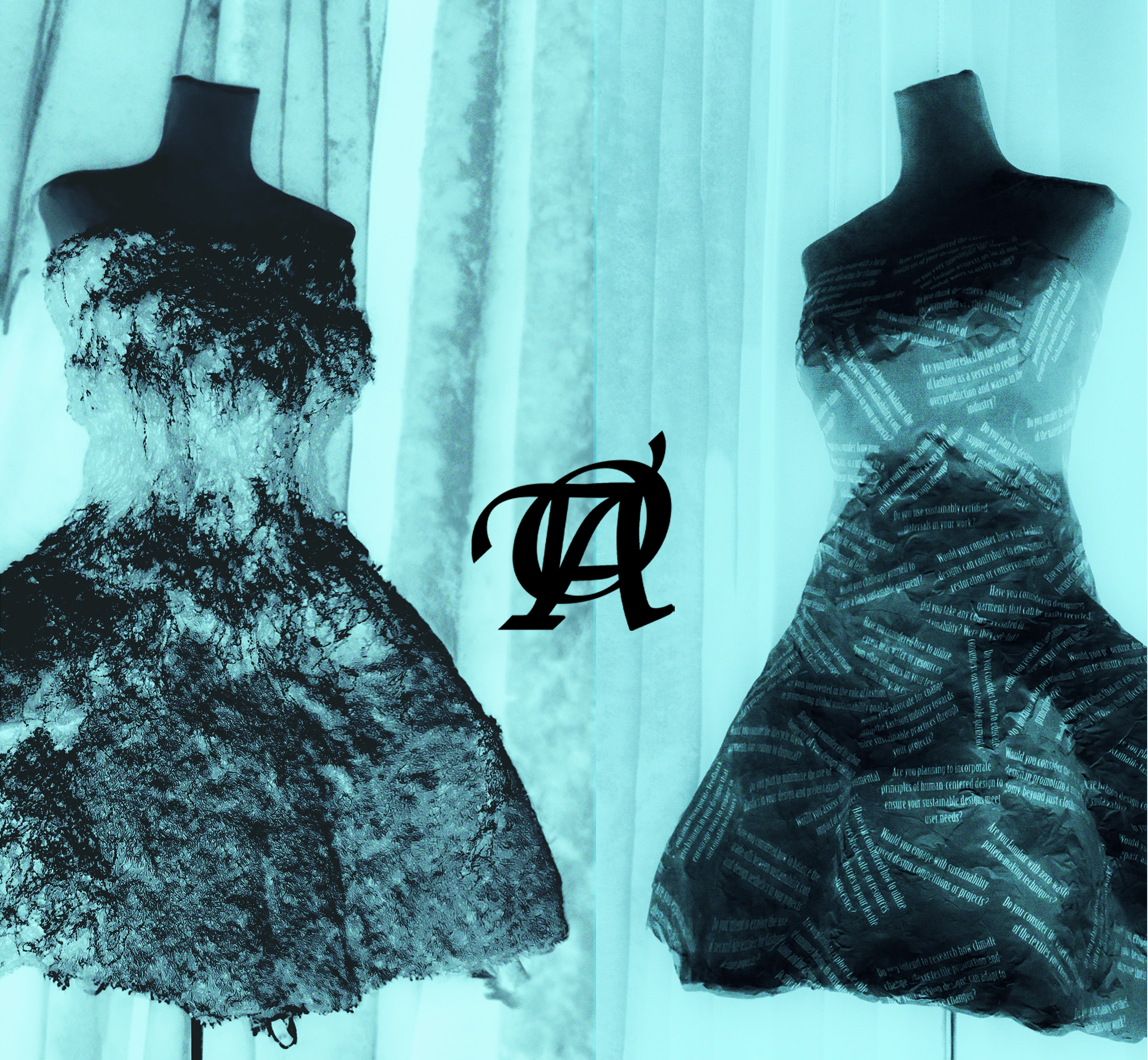
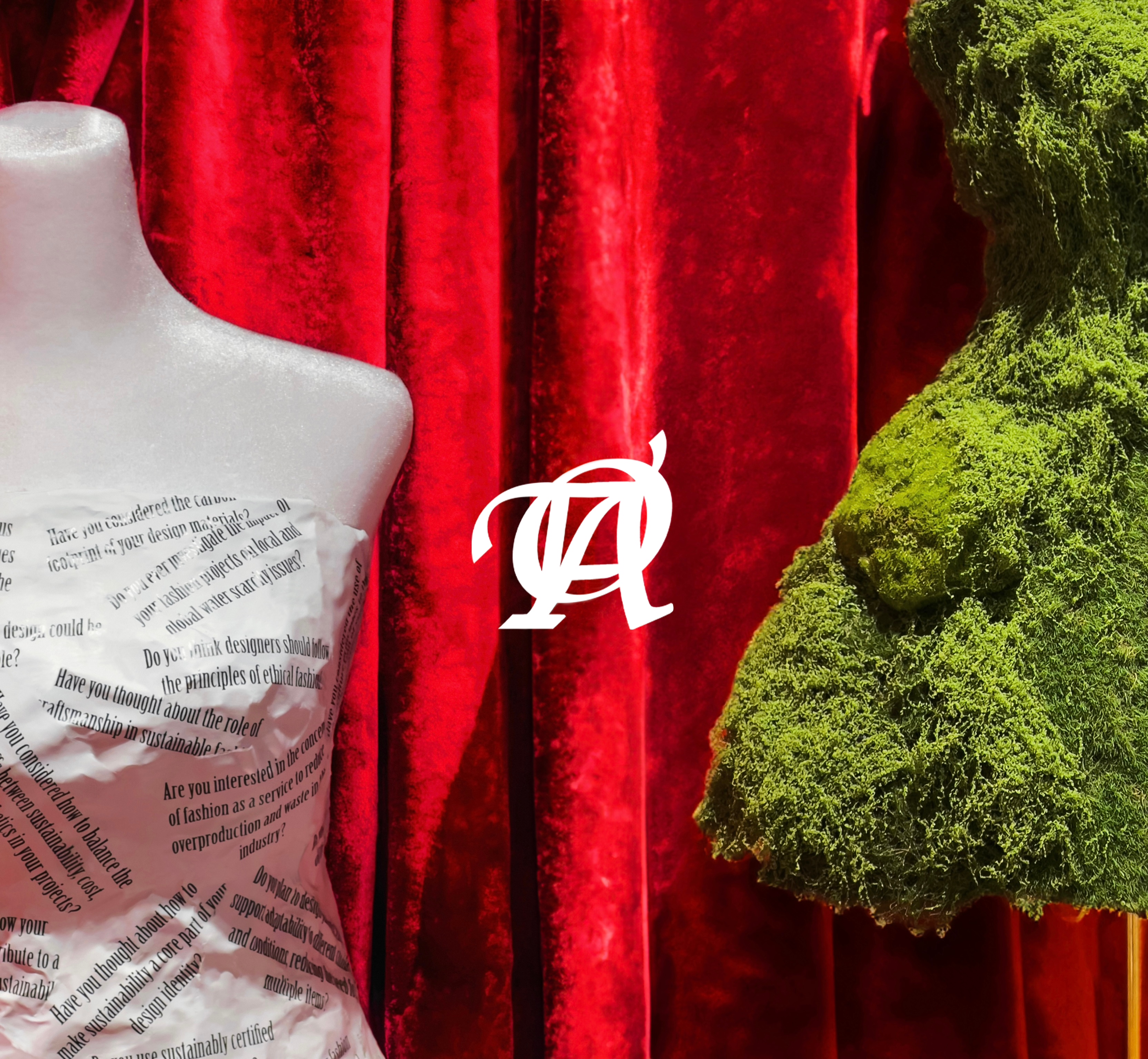
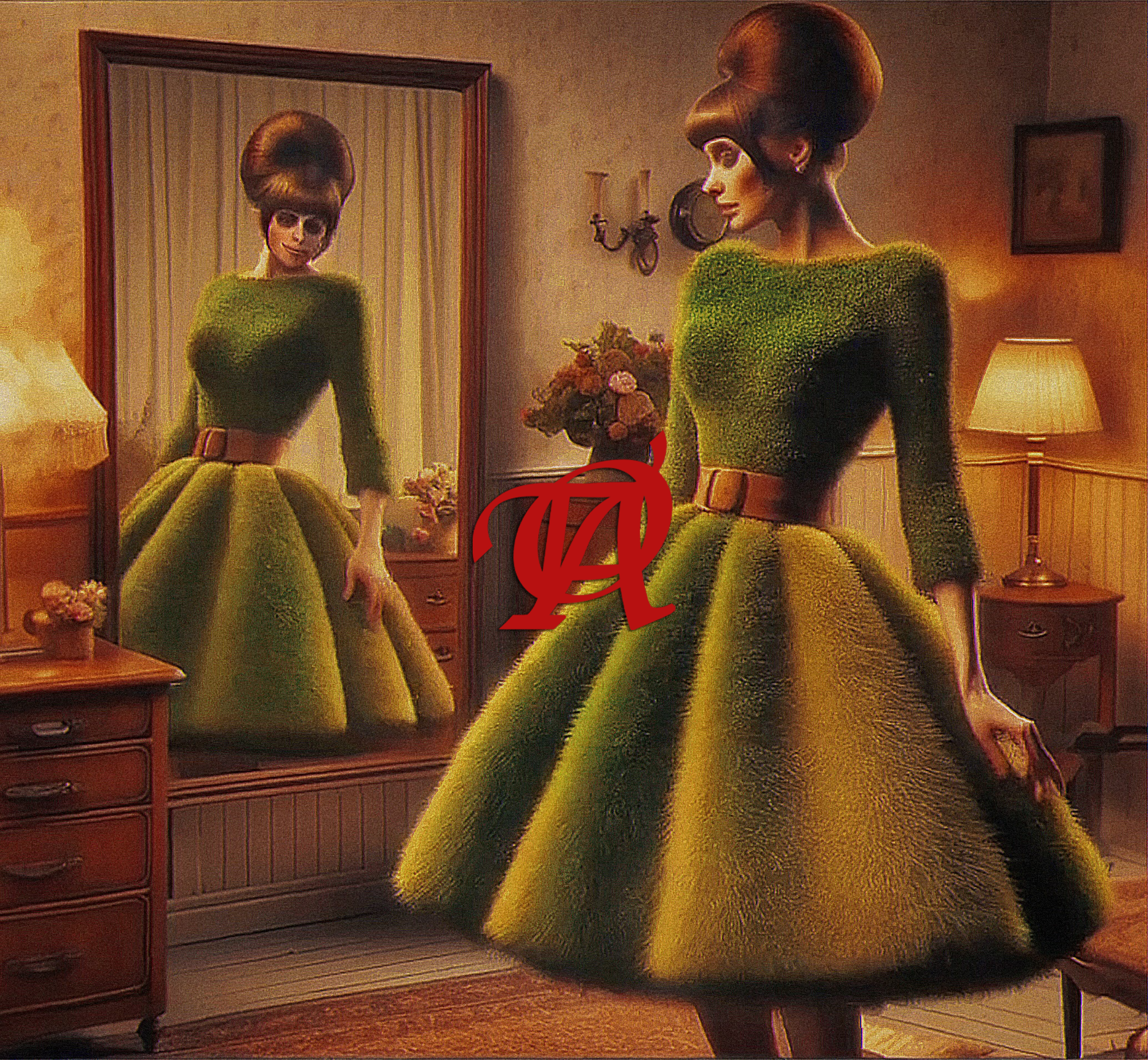
The final installation consists of posters, videos, and a dress-shaped statue. It is a scene designed to promote awareness about the “virus” Syphabric. Considered both a promotional and sarcastic scene, it challenges our students at fashion schools.






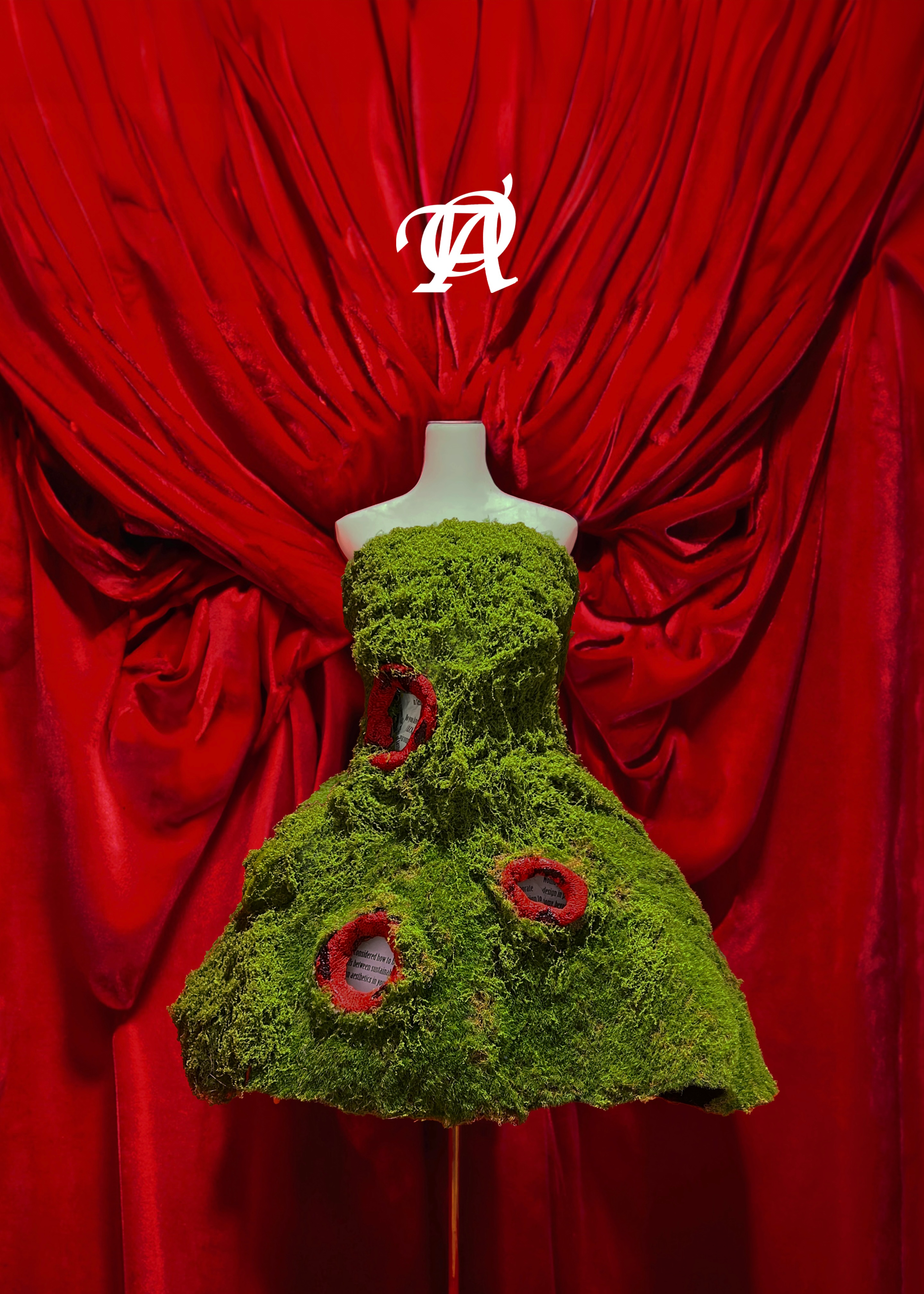
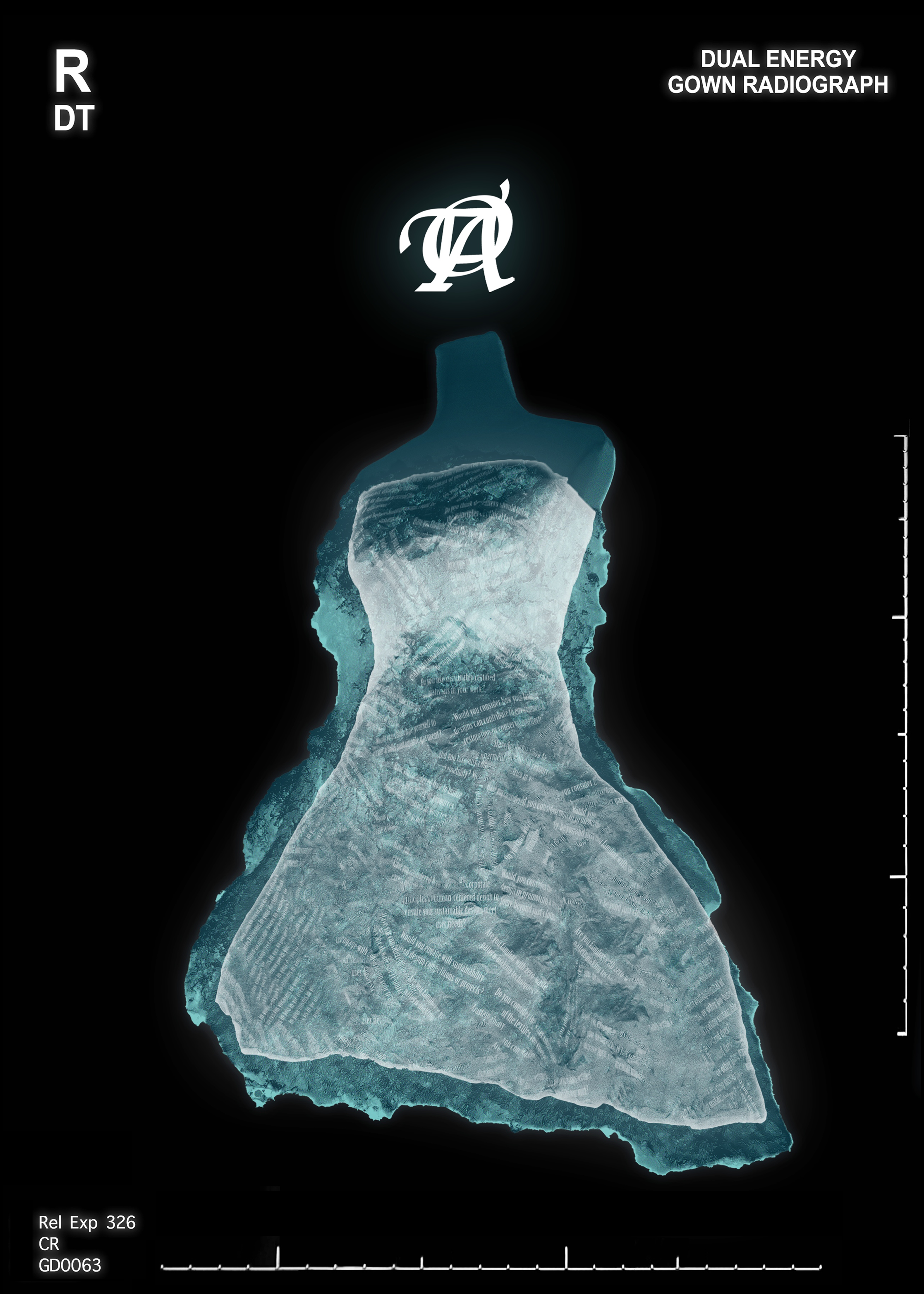
As one of the future pillars of the fashion industry, tasked withconstructing a more hopeful and healthy industry, if we don’t believe in sustainable fashion, how can the industry make bigger progress? As for intervention, this philosophical artwork could be converted into a checklist or rubric for fashion schools to examine their students when they are creating fashion pieces.
